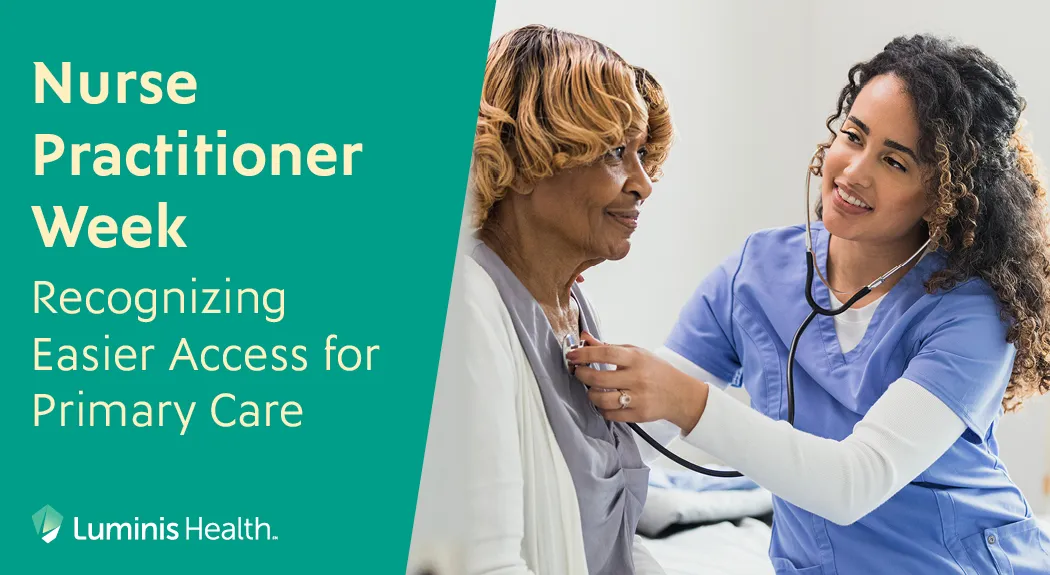
Nurse practitioners are having a moment, and it’s worth paying attention to how they can benefit you and your family. While many might think that the role is a recent development, educational programs for nurse practitioners were first established in 1965 to address the healthcare needs of underserved populations by training nurses to make advance clinical decisions. As demand for medical care increased and doctors faced capacity challenges, more programs emerged across the United States to help meet these growing needs.
Awareness of nurse practitioners has grown slowly, becoming more widespread during the COVID-19 pandemic. A recent article from the National Institute for Health referred to the pandemic “an unprecedented opportunity for nurse practitioners to reform healthcare.”
What is a nurse practitioner?
A nurse practitioner is an advanced practice registered nurse (APRN) who has received additional training in treating patients. In Maryland, nurse practitioners have full practice authority. This means they can serve as your provider, prescribing medications, ordering lab tests and addressing your medical concerns.
What distinguishes a doctor from a nurse practitioner? The primary difference lies in their training:
- Nurse practitioners first earn their registered nurse (RN) license by completing a bachelor’s degree program in nursing, and then a graduate degree. From start to finish, it can take six to eight years to become a nurse practitioner.
- Doctors, on the other hand, first complete a bachelor’s degree. Then, they go to medical school and complete a residency in the specialty they chose. It can take 10 to 14 years to become a fully licensed doctor.
What to expect when seeing a nurse practitioner?
If you’re dealing with a sore throat, seasonal allergies, or the flu, a quickly scheduled visit with a nurse practitioner can provide much-needed relief without having to go to the emergency room.
Nurse practitioners offer a wide range of health care services, including:
- Physical exams: Performing physical exams and taking health histories
- Diagnosis and treatment: Diagnosing and treating acute and chronic conditions, and managing overall care
- Prescribing medication: Prescribing and managing medications and therapies
- Ordering tests: Ordering, performing, and interpreting diagnostic tests
- Education: Teaching patients about disease prevention and healthy lifestyles
- Referrals: Referring patients to offer health professionals as needed
On the rise and ready to help
The number of nurse practitioners has increased significantly over the past few decades. One of the key factors driving this growth is the nationwide shortage of doctors, which is expected to increase. A report from the Association of American Medical College estimates that the United States faces a shortfall of between 37,800 and 124,000 doctors in the next 12 years.
Fortunately, the number of nurse practitioners is increasing, with more than 385,000 licensed in the U.S. At Luminis Health, our nurse practitioners are ready to serve you. Collaborating with doctors at their clinic or practice, they ensure that all your medical needs are met promptly and conveniently, close to home.
Tormeika Sanford is a nurse practitioner at Luminis Health. To schedule an appointment, visit Luminis.Health/PrimaryCare.



